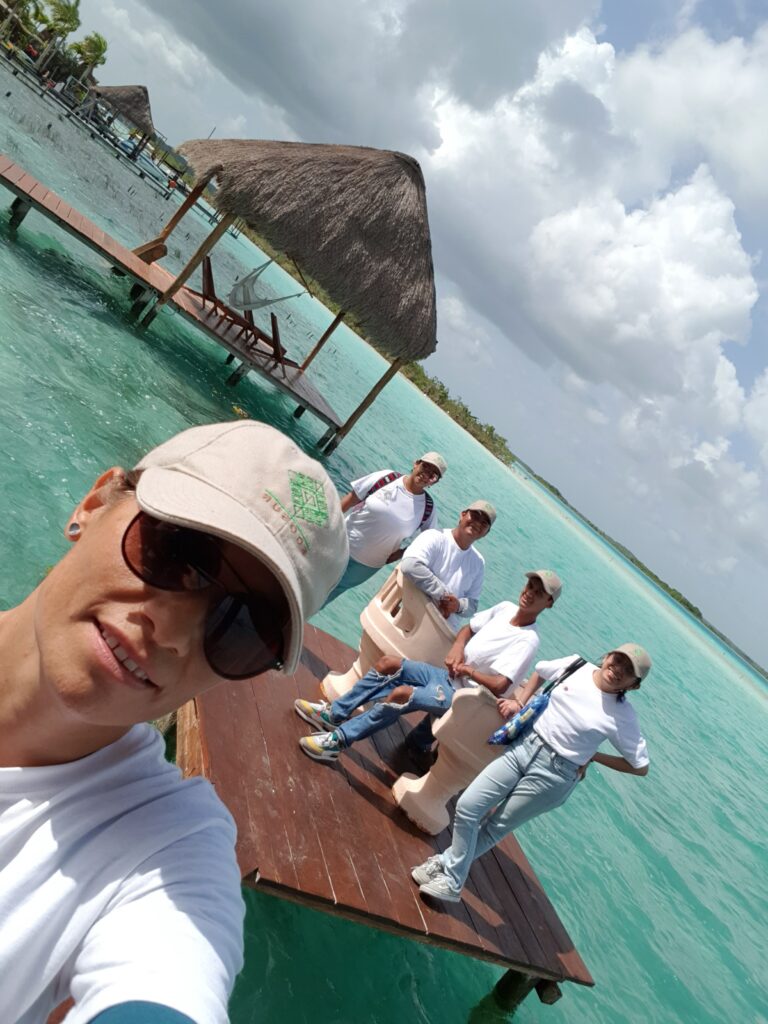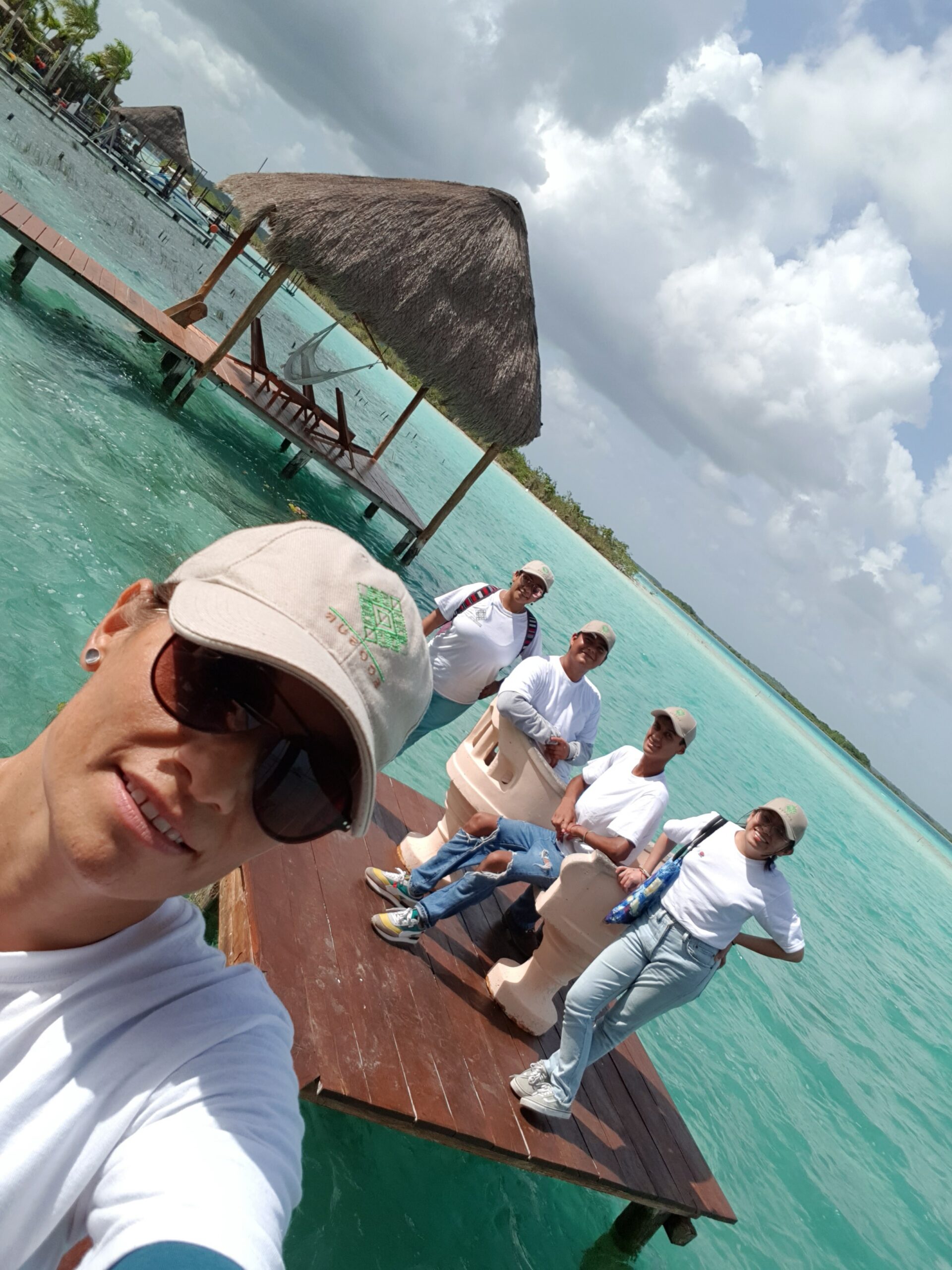Mariana E. Callejas-Jiménez1 | Juan Carlos Alcérreca-Huerta2 | Benjamin Morales-Vela3 | Laura Carrillo1
Abstract
The Mexican Caribbean and Belize are home to one of the largest populations of Caribbean manatees (Trichechus
manatus manatus). However, the transboundary Hondo River estuary is less examined compared to the surrounding protected areas. This paper provides a quantitative description of the spatial and temporal variability in abiotic factors and manatee distribution throughout the Hondo River estuary, with monthly field measurements during 2018–2019. Simultaneously, visual observations and side-scan sonar detection were implemented, with 84 manatee sightings reported (calves 11.9%, noncalves 88.1%). Heatmap and frequency analyses showed that most manatee sightings occurred at the riverine estuary limit, the confluences between the river and the bay into which it flows. The surface water temperature and salinity ranged 28C ≤ T ≤ 32C and 0.5 PSU ≤ S ≤ 4.5 PSU for ~72% of the manatees identified, potentially describing locally preferred conditions for manatees. During the regional mid-summer drought, higher temperature (31.5C), salinity (18 PSU), and estuary extent (17.6 km) were recorded, including the maximum peak of manatee sightings (~31%). The roles of these abiotic factors are discussed as tentative environmental comfort conditions for manatees that could reduce their energy and maintenance costs. The identification of preferred conditions could broaden perspectives on how manatees interact with their habitats.






